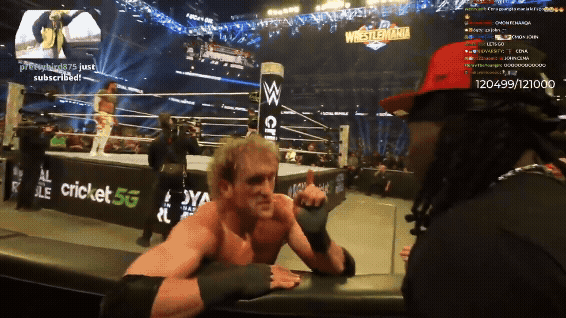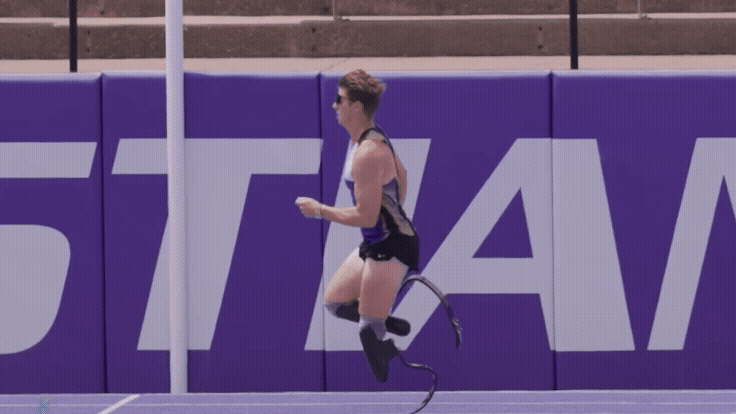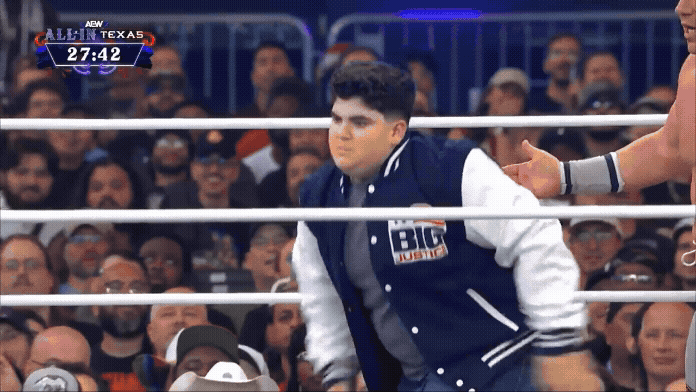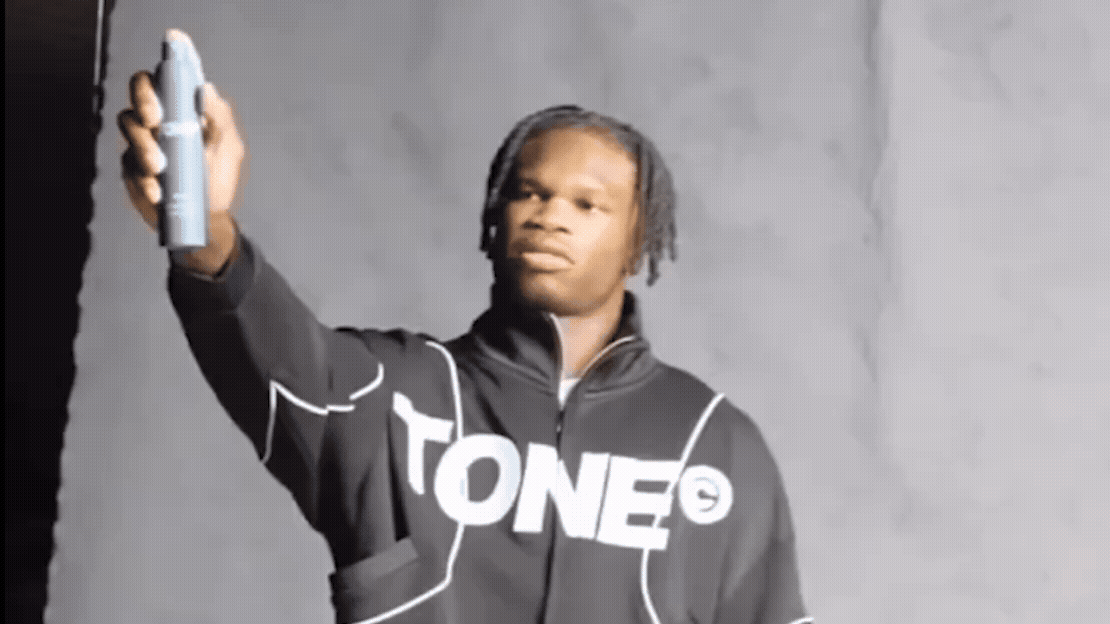I saw a tweet on Tuesday saying the PGA Tour is denying Grant Horvat’s film crew access to shoot inside the ropes during his competitive rounds over the weekend. Grant received a sponsor’s exemption to compete in the 2025 PGA Tour’s Barracuda Championship, but the PGA Tour told him he wouldn’t be allowed to film his round for his YouTube channel due to strict media rights rules around tournament play.

The PGA had no choice, given their media rights deal, they weren’t able to grant him access to film. They’ve sold all the media rights, which include a creator’s ability to film and post their round on YouTube. Similar to how they grant someone linear and digital rights, they now have to negotiate specific rights with content creators to allow them to make content.
Where Are We Now?
The majority of leagues are not prepared for content creator broadcasts. We dealt with this firsthand, most recently when Kai Cenat was streaming on Twitch at WWE’s Royal Rumble. In that case, WWE had strict media rights we weren’t allowed to violate, which is totally understandable. The landscape of sports consumption is changing quickly, and as YouTube, Twitch, and other live platforms become more prominent, creators are looking for ways to get access and broadcast live sporting events.

In 2021, Amazon acquired the rights to Thursday Night Football, which allowed some Twitch streamers to broadcast the live feed. I think this was the first real foray into this new way of watching sports. Following that, during last fall’s college football season, Pat McAfee was granted a secondary broadcast stream from the sidelines of some big games, including Texas vs. Alabama. Matthew McConaughey was also part of it. This is clearly something broadcasters are starting to think about, but they weren’t prepared for it.
How Should Broadcasters Prepare For This?
With how quickly this has evolved, broadcasters obviously didn’t carve this out of the rights because it didn’t really exist when these deals were being negotiated. Right now, media rights deals don’t give broadcasters the flexibility to allow someone like Grant to post a YouTube video from his round that’s also being streamed live on the Golf Channel.
This obviously isn’t going anywhere. I predicted last year that this upcoming college football season we’d see Twitch streamers on the sidelines of games (I’m guessing Deion Sanders will be the first to allow it). I still think this is going to happen, but I don’t think they’ll be able to show the playing field given the broadcast rights deals with ESPN, Fox, and NBC.
What’s The Solution?
As some of these broadcast deals come up for renegotiation, we’re starting to see streamers like Netflix and Amazon begin to win them. Given where they sit in the ecosystem, I wouldn't be surprised if they’re already thinking about this, especially Amazon with its ownership of Twitch. Alternatively, streamers might need to allow the broadcaster to share the feed with a YouTuber or Twitch creator who can commentate over the gameplay. They would probably have to include commercial breaks just like the main broadcast so advertisers still benefit from the viewership.
The Big Takeaway
This is obviously not the first time we’ve seen this, but it’s gaining a lot of momentum. Grant Horvat is not going to play, which I think is a mistake, especially if he’s getting a sponsorship exemption. But I understand why. If he can’t film content, he probably doesn’t want to do it. The PGA isn’t necessarily in the wrong here, since they don’t have the ability within their media rights deal to give him access. Leagues need to start developing a plan for UGC content around their live sporting events.


Hunter Woodhall Breaks A World Record Creator List Drops
Congrats to Hunter for a new world record in the 400m (T62)

Big Boom AJ, Rizzler, Big Justice Take Out Don Callis Family At AEW
Big Justice with the perfect spear.

Travis Hunter Joins Team TONE
Whole Jags locker room is about to smell good.

